For the best reading experience, please use Full Screen mode:
On mobile: Tap the booklet, then tap “Full Screen” when it appears in the center.
On desktop: Click “Full Screen” in the bottom-right corner of the booklet.
Works cited
1. Does FDA Approval Matter When Choosing an LED Light Therapy Mask? - Project E Beauty https://www.projectebeauty.com/blogs/news/does-fda-approval-matter-when-cc`hoosing-an-led-light-therapy-mask
2. Understanding FDA Clearance for Light Therapy Devices - Light Tree Ventures https://www.lighttreeventures.com/post/understanding-fda-clearance-for-light-therapy-devices
3. Reverse skin aging signs by red light photobiomodulation - PMC https://pmc.ncbi.nlm.nih.gov/articles/PMC10311288/
4. DPL Clinical Handheld Light Therapy for Pain Relief - Carex Health Brands
https://carex.com/products/dpl-full-body-pain-relief-device
5. HealthLight – Infrared therapy products for professionals and patients,
https://carex.com/products/dpl-full-body-pain-relief-device
6. Photobiomodulation Therapy Plus Usual Care Is Better than Usual
https://pubmed.ncbi.nlm.nih.gov/38179590/
7. Effectiveness of Photobiomodulation in Reducing Pain and Disability in Patients With Knee Osteoarthritis: A Systematic Review With Meta-Analysis - PubMed
https://pubmed.ncbi.nlm.nih.gov/38775202/
8. What Red Light Therapy Devices are FDA Approved? - Rehabmart.com
https://www.rehabmart.com/post/red-light-therapy-devices-fda-approved
9. The Truth About Power and Misleading Red Light Therapy Claims - Joovv
https://joovv.com/blogs/joovv-blog/power-red-light-therapy-false-claims
10. dpl Clinical Handheld Full Body Red & Infrared Light Therapy Device For Pain Relief
https://www.tenspros.com/dpl-clinical-handheld-light-therapy-for-pain-relief.html
11. dpl® Nüve Professional Handheld Pain Relief - Optum Now
https://now.optum.com/shop/products/dpl-handheld-pain
12. Journal of Biomedical Optics, vol. 25, no. 8, 2020, 085001
13. 21 CFR § 890.5500 - Infrared lamp


